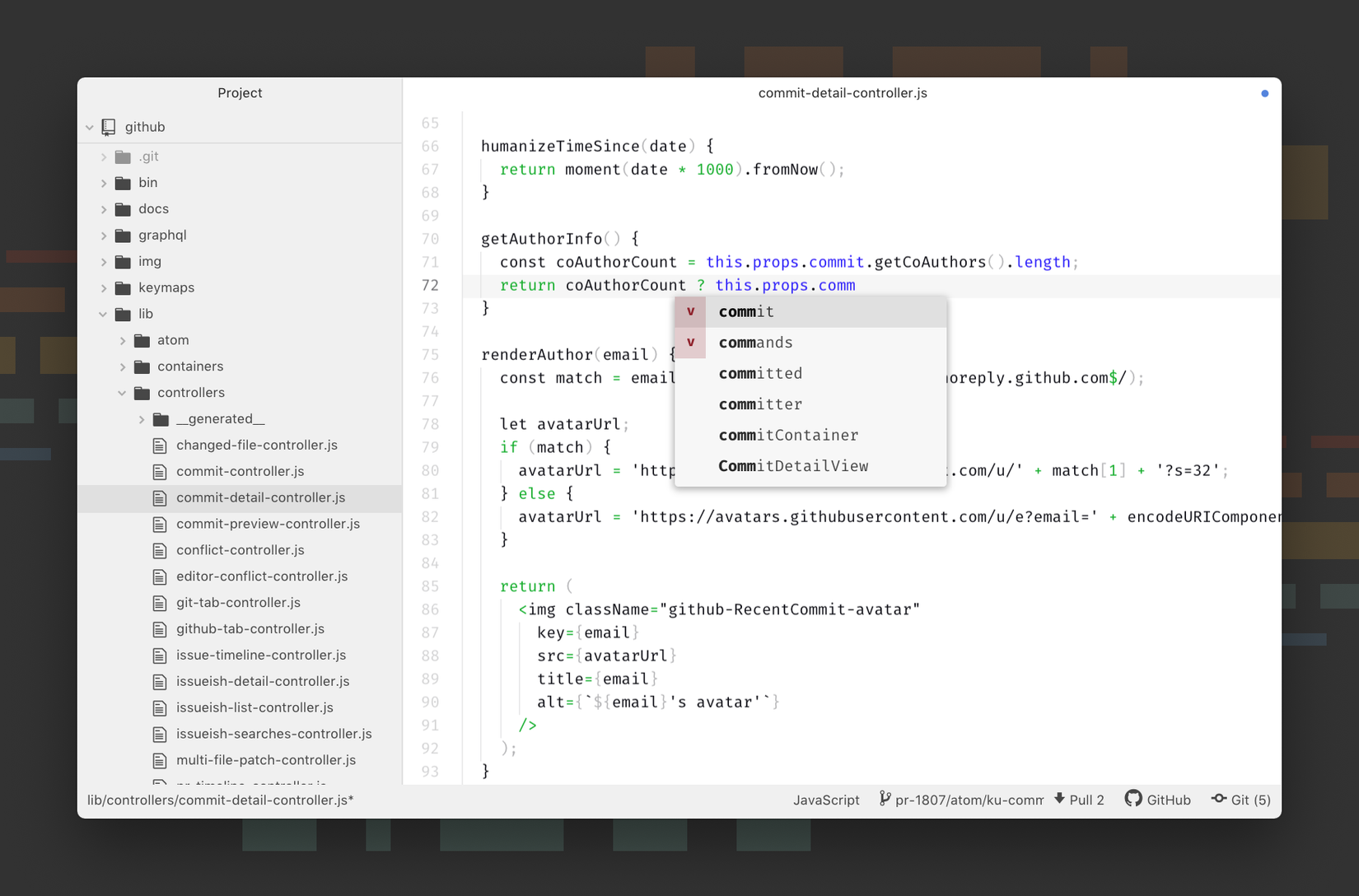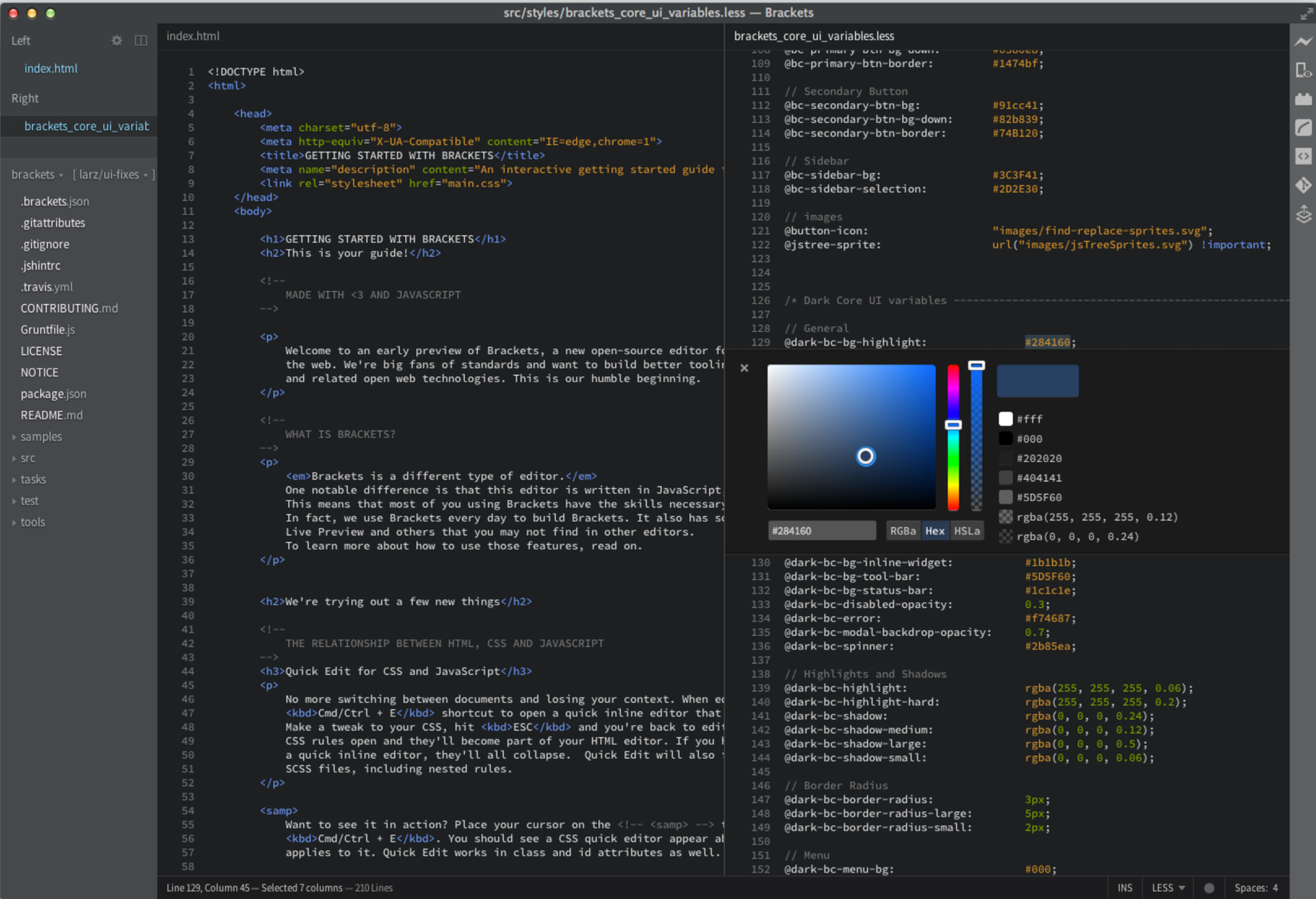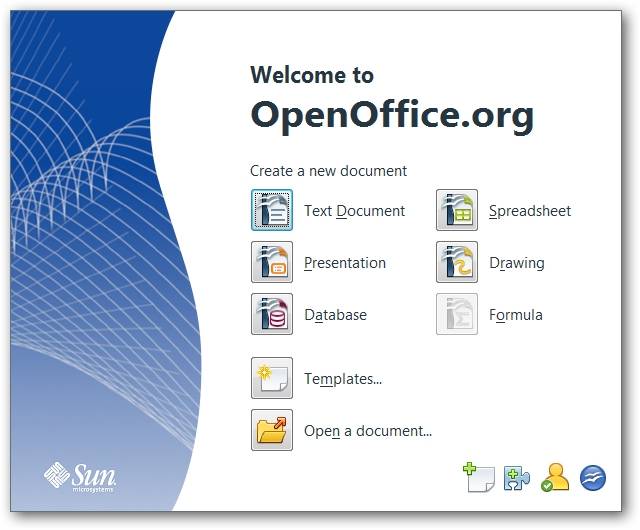If you’ve spent any time with open-source software, you know the terrible feeling that comes when a project you depend on suddenly goes dark. One week it’s humming along with new updates, fixes, and community activity, and the next, it’s a ghost town.
Over time, you get comfortable with a tool, tailoring it to fit perfectly into your workflow, then suddenly, it’s abandoned. That’s when the real frustration sets in. You have to hunt for a new open-source alternative that might not measure up, or worse, resign yourself to yet another paid subscription.
The whole point of choosing open source in the first place is usually to avoid lock-in and endless fees, so when a project vanishes, it feels like you’re being pushed right back into the very ecosystem you were trying to escape. While it’s true that open source can give you amazing freedom and choice, it also comes with the risk that even the most promising projects can fade away.
Why Atom Still Matters, Even After Its Shut Down
If you were coding around 2014, chances are you were familiar with Atom, GitHub’s open-source text editor. It quickly became popular with developers because of its endless customizations. You could shape Atom into whatever you needed, like tweaking interface themes, adding powerful extensions, or making the most of its integration with the GitHub platform.
What made Atom stand out was the community it fostered. Developers poured their energy into creating packages and plugins, adding everything from obscure language support to tools that made it a full-fledged IDE. Even if you weren’t deep into programming, you could appreciate how approachable it was and how quickly it became part of a modern coding workflow.
Atom’s influence can still be seen today. While GitHub shut it down in 2022 to focus on VS Code, it left behind a legacy that reshaped the way you interact with code editors and proved how powerful community-driven open source can be, even if corporate strategy doesn’t align.
Adobe Brackets Proved Coding Tools Don’t Have to Be Intimidating
If you were learning web development around 2014, you probably came across Adobe Brackets, an open-source, lightweight code editor built with front-end designers in mind. Where other editors felt complex and built for more advanced development, Brackets made coding more beginner-friendly. Its claim to fame was the Live Preview, which let you see HTML and CSS code changes in your browser. Instead of clicking through apps and tabs and refreshing your browser constantly, users got to see each of their changes appear in real-time. It was a great tool if you were learning front-end development.
Brackets may not have reached the popularity of Atom or Visual Studio Code, but it did foster a loyal following of designers and beginning coders who appreciated its bloat-free approach to web development. Adobe officially ended support in 2021, recommending users migrate to VS Code after it became clear Brackets couldn’t compete with other more extensible editors of the era.
While Adobe recommended VS Code as an alternative, its complexity and power is exactly what Brackets users were trying to avoid. Still, Brackets is missed for what it represented: an editor that made web development feel a little less daunting. It lowered the barrier to entry for many newcomers. It demonstrated that a thoughtful approach to design can make coding more accessible for everyone.
The Rise, Fall, and Fork of OpenOffice.org
Long before Google Docs or LibreOffice were common in the workplace, OpenOffice.org was the open-source office suite that people who didn’t want to be in the Microsoft ecosystem turned to. It was serious productivity software that had word processing, presentations, spreadsheets, and more.
But trouble was brewing in early 2010 when Oracle acquired Sun Microsystems. Development of the project slowed, and a rift began to form between the community and Oracle. Many of the core contributors of the project left in frustration and created a fork in September 2010 called LibreOffice.
Officially, OpenOffice.org wasn’t shut down; the code is known today as Apache OpenOffice, but the spirit of the community sure was. For OpenOffice’s users, the real loss wasn’t the code, it was the momentum and community energy that could have kept it a true rival to Microsoft Office.
When you look back at projects like Atom, Brackets, and OpenOffice, it’s hard not to have a bittersweet feeling about them. Each one represented a moment when open source went toe-to-toe with tech giants. They pushed the boundaries, giving you tools that were powerful, approachable, and free. They weren’t always perfect, but they solved real-world problems and had communities of engaged users built around them.
That is the double-edged sword of open source. You get freedom, flexibility, and no extra monthly subscriptions or fees, but you also take the risk that even great projects can disappear when corporate priorities shift, or a newer, shinier project comes along. The silver lining in all of this is that open source never really dies, its ideas and code live on in forks, new versions, and the next wave of projects.







